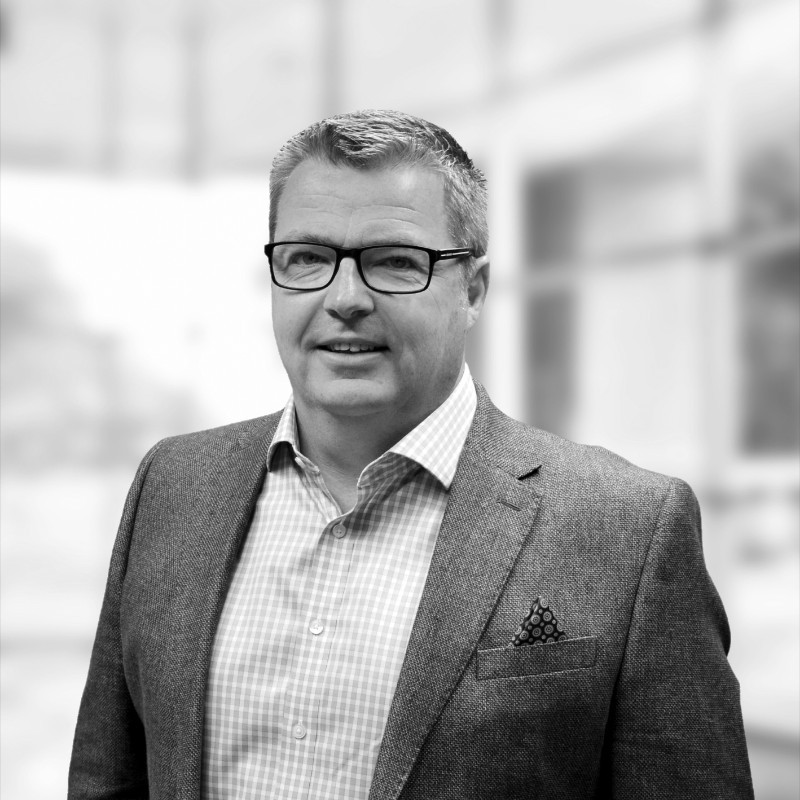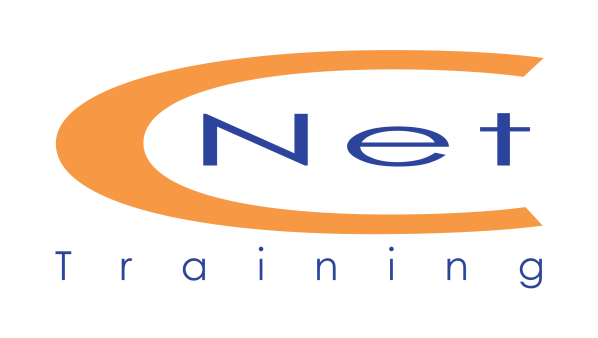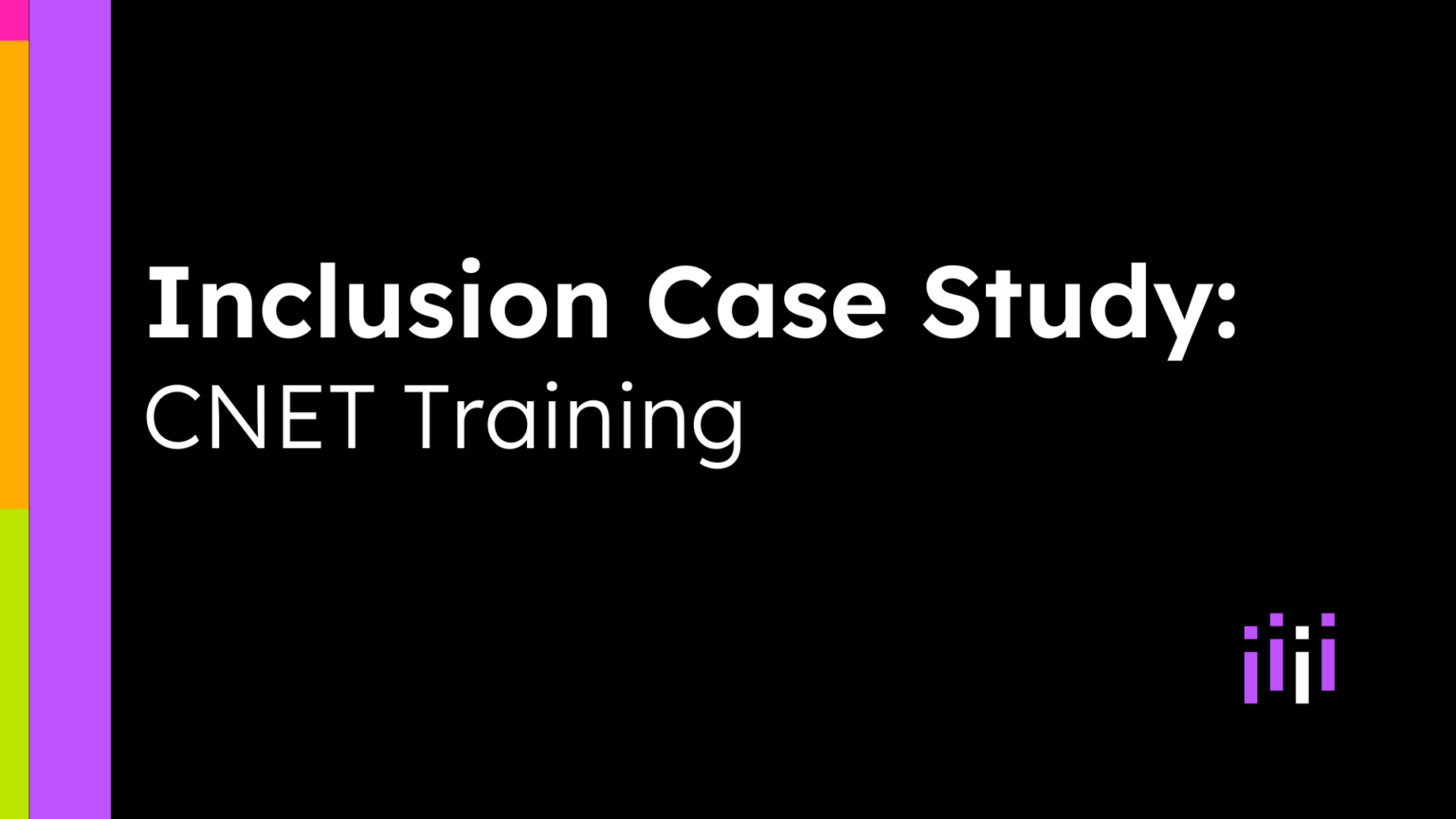
Interview with Andrew Stevens, President and CEO of CNET Training.
What does diversity and inclusion mean to you?
Diversity and inclusion is fundamental to making any business a good place to work. From the outset, our focus has been on putting the right people in the best roles for them and enabling everyone to succeed in the way they want to.
An inclusive culture for me means that we think about inclusion in everything we do. For example, if you put on golf events for networking, that’s a traditionally male-dominated environment, so you need to actively make sure you’re opening it up to everyone to participate.
Another example is when I have a meeting in a college/school to talk about my business, I say to the person I am meeting at the college, “Can you go and find me a student and bring them in the meeting to let them experience what a business meeting is really like, because they probably won’t have ever done one before.” That is also inclusion.
How do you measure success in Diversity and Inclusion?
At CNet, our culture has grown organically – it’s never been about meeting a certain quota – and that natural growth is really giving us results. We are just over 50 people, but our impact is broad as we provide technical education to learners from all corners of the globe and are involved in many different projects to educate people from diverse backgrounds.
We have strong female representation in our Strategic Leadership Team and our office staff is 50/50 male/female.
Mostly, though I’m proud that our culture is not something we have forced in, or just talk about, everyone at CNet lives and breathes it and that ripples out to everyone we work with. I consider that a success.
What works for you to encourage diversity in the industry?
Many leading organizations are still hung up on applicants having data centre experience or a degree level qualification, which is so limiting. How are people going to get experience unless we give them opportunities? Does the job you’re recruiting for really need a degree level candidate, or can the core skills required be found in someone who has transferred from another industry, or can they be taught on-the-job?
So, we take the approach of looking at the knowledge, skills and behaviours that an individual needs in order to be able to succeed in their day-to-day role. Those are the important factors for us, rather than where someone has come from, whether they have the right background or have been to university.
We work on projects to try and create opportunities for more people to be aware of and enter the industry. We encourage companies to look further afield and be more open minded in their recruitment processes. Having an approach like this is not about positive discrimination. It’s about looking for skill sets and talent in places that are less obvious. I have hired people that were serving me in a pub because I saw they could do something for me: customer service.
You offer resettlement education for those who transition from the Armed Forces – what works to integrate them into our industry?
We have offered resettlement education for service leavers since our foundation in 1996. We’ve helped thousands of individuals to transition from careers in the Armed Forces, to successfully starting rewarding careers in the Digital Infrastructure Industry. A key feature that makes this work is that many of our Instructors are ex-forces, which helps learners as they can relate to real-life stories and experiences from people who have joined the industry after careers in service.
After their technical education programs, we place learners within a company for a two-week work placement. Here it’s important to us that we work closely with the learners to try and help them find a company that suits who they are and what they are looking for. I always compare this placement to a 10-day interview – what better way to showcase your knowledge and skills than being put in front of a team every day for two weeks?
You staffed the Olympic Games in the UK where you were required to bring in a diverse range of people. What worked to attract those people, and how did you ensure the quality of candidates?
For the Olympic Games project, we were required by the government to work with Job Centres (for the unemployed). We carried out a series of open days for people who were interested in taking part, then a group interview where we assessed their motivation. We gauged motivation by looking if they managed to get to the interview on time, and how engaged they were during the interview. All of them had been unemployed long term and came from disadvantaged backgrounds, and they just hadn’t been given an opportunity.
We learned if you just allow the right process of finding the people, and give them access to the right training, it will work. Most of the female applicants didn’t believe that it was an industry that they could operate in, so we had to show them. That worked. We worked with educationally challenged people too; it’s about attitude and ability to do the job, not about school results.
As a result of our approach to the Olympics project, almost 80% were people from BAME (Black Asian Minority Ethnic) communities. The split of male/female after selection was almost equal. After the Olympics completed, we had 195 people in full time employment out of the 200 we initially recruited.

